Lasting Relief Starts with the Right Treatment
Conditions We Treat
At The Spinal Decompression Center, we specialize in non-surgical solutions for disc-related spinal issues. Using the FDA-cleared SpineMED® Decompression System, we gently relieve pressure on spinal discs and nerves—helping your body heal naturally and reducing pain at the source.
Lasting Relief Starts with the Right Treatment
Conditions We Treat
At The Spinal Decompression Center, we specialize in non-surgical solutions for disc-related spinal issues. Using the FDA-cleared SpineMED® Decompression System, we gently relieve pressure on spinal discs and nerves—helping your body heal naturally and reducing pain at the source.
What to Expect at The Spinal Decompression Center
We begin with a one-on-one consultation to understand your symptoms, imaging results (if available), and goals. From there, we create a personalized treatment plan based on your needs. Most patients complete a series of sessions over several weeks, combined with supportive chiropractic care or rehab when appropriate.
What to Expect at The Spinal Decompression Center
We begin with a one-on-one consultation to understand your symptoms, imaging results (if available), and goals. From there, we create a personalized treatment plan based on your needs. Most patients complete a series of sessions over several weeks, combined with supportive chiropractic care or rehab when appropriate.

How Spinal Decompression Helps
The SpineMED® system gently stretches the spine in a controlled and targeted way, creating negative pressure that relieves nerve compression. This process helps:
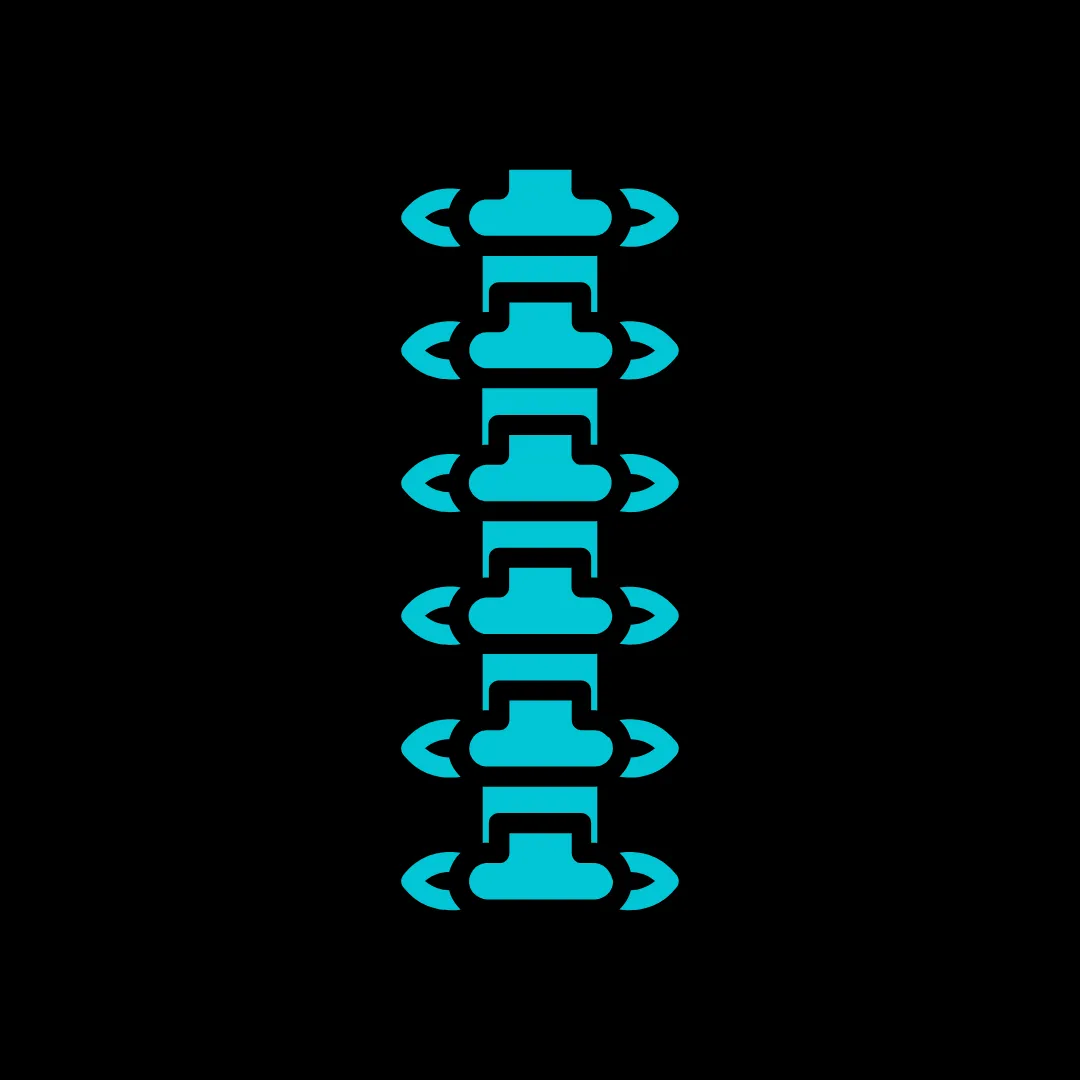
Reduce Nerve Irritation
Takes pressure off the sciatic nerve to reduce pain and irritation.

Retracts Bulging
Discs
Gently pulls herniated or bulging discs back into place.
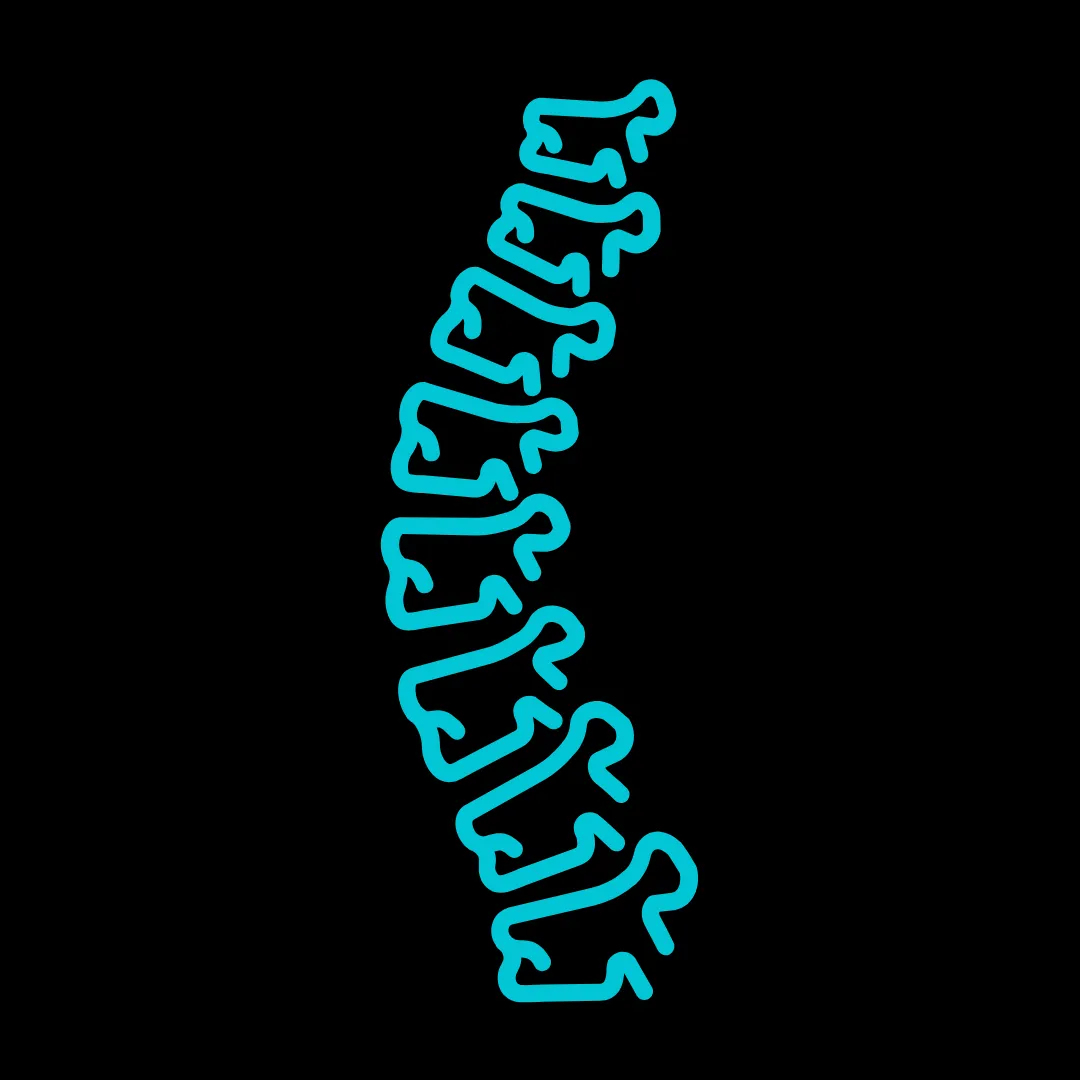
Reduces
Inflammation
Eases swelling and tension around nerves and discs.
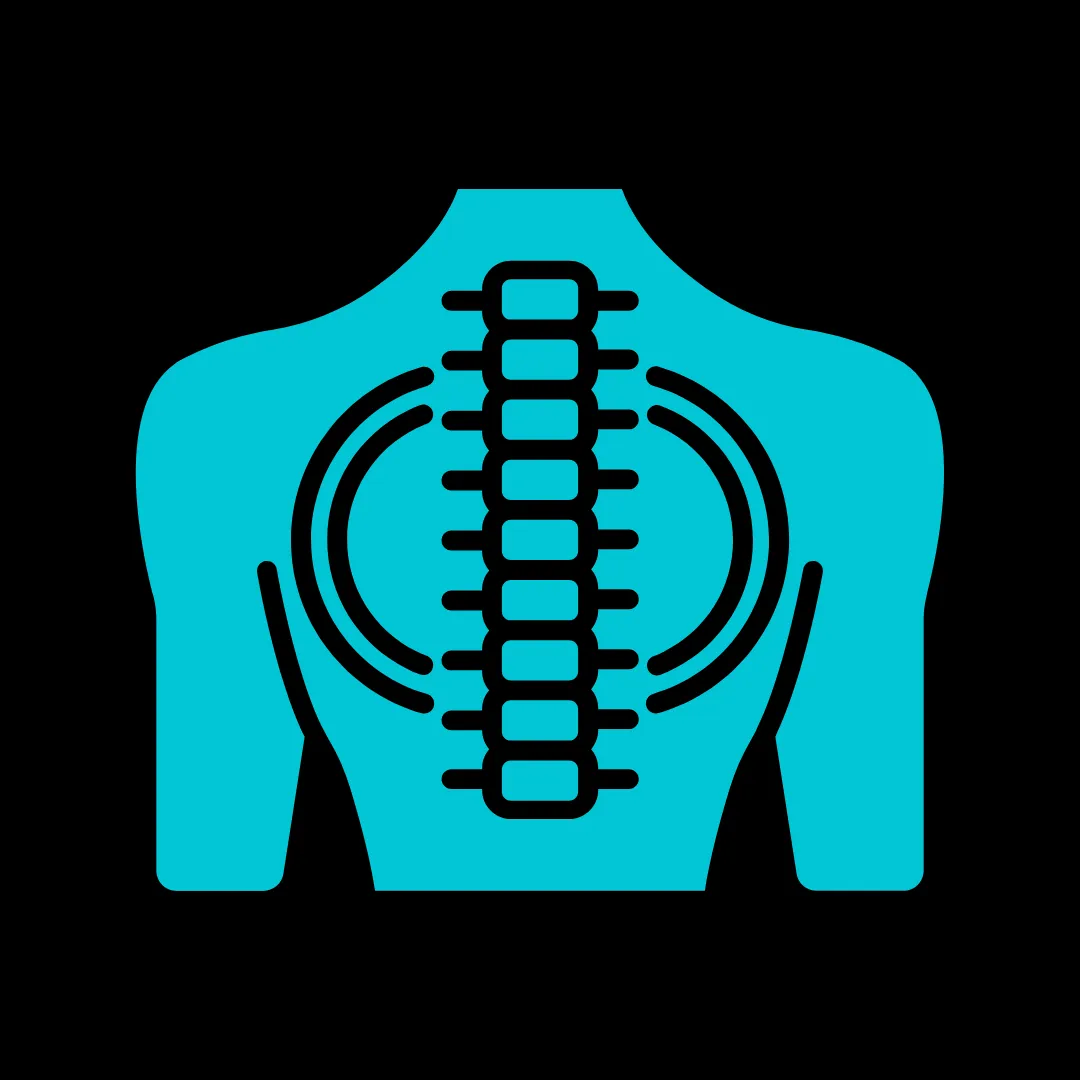
Improves
Mobility
Promotes disc health, which may help slow further degeneration over time.
This therapy is non-surgical and comfortable, and most patients find it to be relaxing—some even fall asleep during treatment.
How
Spinal Decompression Helps
The SpineMED® system gently stretches the spine in a controlled and targeted way, creating negative pressure that relieves nerve compression. This process helps:

Reduce Nerve Irritation
Takes pressure off the sciatic nerve
to reduce pain and irritation.

Retracts Bulging Discs
Gently pulls herniated or bulging
discs back into place.

Reduces Inflammation
Eases swelling and tension around
nerves and discs.

Improves Mobility
Promotes better disc health, which may
help slow further degeneration over time.
This therapy is non-surgical and comfortable, and most patients find it to be relaxing—some even fall asleep during treatment.
Find Relief without Surgeries or Injections
Herniated Disc
When a disc bulges or ruptures, it can compress nearby nerves and cause pain, numbness, or weakness. Spinal decompression therapy gently creates space between vertebrae, helping to reduce pressure and support disc rehydration and healing.
A herniated disc—sometimes called a slipped or ruptured disc—occurs when the soft inner core of a spinal disc pushes through a crack in the tougher exterior. This can put painful pressure on nearby nerves and cause symptoms like lower back pain, leg pain, numbness, or weakness.
At The Spinal Decompression Center, we offer a non-invasive, drug-free solution for herniated disc pain through advanced spinal decompression therapy using the FDA-cleared SpineMED® Decompression System.
What Causes a Herniated Disc?
✔ Aging and disc degeneration
✔ Repetitive movements or poor posture
✔ Heavy lifting or sudden injury
✔ Spinal misalignment or underlying conditions
Disc herniations most commonly occur in the lower back (lumbar spine), but they can also affect the neck (cervical spine), leading to symptoms that radiate into the legs or arms.
Find Relief without Surgeries
or Injections
Herniated Disc
When a disc bulges or ruptures, it can compress nearby nerves and cause pain, numbness, or weakness. Spinal decompression therapy gently creates space between vertebrae, helping to reduce pressure and support disc rehydration and healing.
A herniated disc—sometimes called a slipped or ruptured disc—occurs when the soft inner core of a spinal disc pushes through a crack in the tougher exterior. This can put painful pressure on nearby nerves and cause symptoms like lower back pain, leg pain, numbness, or weakness.
At The Spinal Decompression Center, we offer a non-invasive, drug-free solution for herniated disc pain through advanced spinal decompression therapy using the FDA-cleared SpineMED® Decompression System.
What Causes a Herniated Disc?
✔ Aging and disc degeneration
✔ Repetitive movements or poor posture
✔ Heavy lifting or sudden injury
✔ Spinal misalignment or underlying conditions
Disc herniations most commonly occur in the lower back (lumbar spine), but they can also affect the neck (cervical spine), leading to symptoms that radiate into the legs or arms.
Restore Comfort, Function, and Quality of Life - Without Surgery
Degenerative Disc Disease
As discs naturally wear down over time, they may lose height and flexibility, causing chronic back pain. Our decompression therapy reduces stress on the spine, promotes nutrient flow to the discs, and can help slow degeneration.
Degenerative Disc Disease (DDD) is a common spinal condition that occurs as the discs between your vertebrae wear down over time. This wear-and-tear can lead to chronic back or neck pain, stiffness, reduced flexibility, and pressure on nearby nerves.
At The Spinal Decompression Center, we specialize in treating degenerative disc issues with advanced, non-invasive technology. Our FDA-cleared SpineMED® Decompression System offers targeted relief by reducing stress on spinal discs and promoting long-term healing—without the need for injections or surgery.
Understanding Degenerative
Disc Disease
While the word “disease” can sound alarming, DDD is actually a natural part of aging. However, when discs lose hydration and elasticity, they can no longer cushion the spine effectively, leading to:
✔ Chronic or intermittent pain
✔ Radiating pain into the arms or legs
✔ Stiffness and limited mobility
✔ Numbness or tingling caused by nerve compression
Many patients experience symptoms in the lower back (lumbar spine) or neck (cervical spine), especially after prolonged sitting, standing, or activity.
Restore Comfort, Function, and Quality
of Life - Without Surgery
Degenerative Disc Disease
As discs naturally wear down over time, they may lose height and flexibility, causing chronic back pain. Our decompression therapy reduces stress on the spine, promotes nutrient flow to the discs, and can help slow degeneration.
Degenerative Disc Disease (DDD) is a common spinal condition that occurs as the discs between your vertebrae wear down over time. This wear-and-tear can lead to chronic back or neck pain, stiffness, reduced flexibility, and pressure on nearby nerves.
At The Spinal Decompression Center, we specialize in treating degenerative disc issues with advanced, non-invasive technology. Our FDA-cleared SpineMED® Decompression System offers targeted relief by reducing stress on spinal discs and promoting long-term healing—without the need for injections or surgery.
Understanding Degenerative
Disc Disease
While the word “disease” can sound alarming, DDD is actually a natural part of aging. However, when discs lose hydration and elasticity, they can no longer cushion the spine effectively, leading to:
✔ Chronic or intermittent pain
✔ Radiating pain into the arms or legs
✔ Stiffness and limited mobility
✔ Numbness or tingling caused by nerve
compression
Many patients experience symptoms in the lower back (lumbar spine) or neck (cervical spine), especially after prolonged sitting, standing, or activity.
Targeted Relief for Radiating Nerve Pain—Without Injections or Surgery
Sciatica
Sciatica is often caused by disc issues that irritate the sciatic nerve, leading to pain that radiates down the leg. Spinal decompression can relieve pressure on the nerve root, easing symptoms and improving mobility.
Sciatica is a painful condition caused by compression or irritation of the sciatic nerve, the longest nerve in your body. This often results in radiating pain, numbness, tingling, or weakness that travels from the lower back down through the hips, legs, and feet.
At The Spinal Decompression Center, we use advanced, non-surgical decompression therapy to relieve pressure on the sciatic nerve—offering lasting relief and helping patients get back to living pain-free.
What Causes Sciatica?
Sciatica is typically the result of an underlying spinal issue, such as:
✔ Herniated or Bulging Discs
✔ Degenerative Disc Disease
✔ Spinal Stenosis
✔ Spondylolisthesis
✔ Muscle Spasms or Inflammation
When one of these conditions causes spinal compression, the sciatic nerve can become pinched, leading to:
✔ Sharp, burning, or shooting pain down one leg
✔ Tingling or “pins and needles” sensation
✔ Muscle weakness or difficulty standing/walking
✔ Discomfort that worsens with sitting or movement
Targeted Relief for Radiating Nerve Pain—Without Injections or Surgery
Sciatica
Sciatica is often caused by disc issues that irritate the sciatic nerve, leading to pain that radiates down the leg. Spinal decompression can relieve pressure on the nerve root, easing symptoms and improving mobility.
Sciatica is a painful condition caused by compression or irritation of the sciatic nerve, the longest nerve in your body. This often results in radiating pain, numbness, tingling, or weakness that travels from the lower back down through the hips, legs, and feet.
At The Spinal Decompression Center, we use advanced, non-surgical decompression therapy to relieve pressure on the sciatic nerve—offering lasting relief and helping patients get back to living pain-free.
What Causes Sciatica?
Sciatica is typically the result of an underlying spinal issue, such as:
✔ Herniated or Bulging Discs
✔ Degenerative Disc Disease
✔ Spinal Stenosis
✔ Spondylolisthesis
✔ Muscle Spasms or Inflammation
When one of these conditions causes spinal compression, the sciatic nerve can become pinched, leading to:
✔ Sharp, burning, or shooting pain down one leg
✔ Tingling or “pins and needles” sensation
✔ Muscle weakness or difficulty standing/walking
✔ Discomfort that worsens with sitting or movement
A Gentle, Non-Surgical Solution for Narrowing of the Spine
Spinal Stenosis
This condition involves narrowing of the spinal canal, which can pinch the spinal cord or nerves. Decompression therapy can reduce inflammation and nerve compression, offering pain relief without surgery.
Spinal stenosis occurs when the spaces within your spine begin to narrow, putting pressure on the spinal cord and nerves. This can lead to pain, numbness, and weakness—especially in the lower back, neck, or legs.
At The Spinal Decompression Center, we offer a safe, non-invasive approach to relieve pressure on compressed nerves using advanced decompression therapy with the FDA-cleared SpineMED® system.
What Causes Sciatica?
Spinal stenosis can develop due to age-related changes or underlying spinal conditions such as:
✔ Degenerative Disc Disease
✔ Bulging or Herniated Discs
✔ Thickened Ligaments
✔ Arthritis or Bone Spurs
✔ Injury or Postural Issues
As the spinal canal narrows, patients often experience:
✔ Tingling or numbness in the arms, legs, or back
✔ Pain that worsens when walking or standing
✔ Muscle weakness or fatigue
✔ Loss of balance or coordination
A Gentle, Non-Surgical Solution for
Narrowing of the Spine
Spinal Stenosis
This condition involves narrowing of the spinal canal, which can pinch the spinal cord or nerves. Decompression therapy can reduce inflammation and nerve compression, offering pain relief without surgery.
Spinal stenosis occurs when the spaces within your spine begin to narrow, putting pressure on the spinal cord and nerves. This can lead to pain, numbness, and weakness—especially in the lower back, neck, or legs.
At The Spinal Decompression Center, we offer a safe, non-invasive approach to relieve pressure on compressed nerves using advanced decompression therapy with the FDA-cleared SpineMED® system.
What Causes Sciatica?
Spinal stenosis can develop due to age-related changes or underlying spinal conditions such as:
✔ Degenerative Disc Disease
✔ Bulging or Herniated Discs
✔ Thickened Ligaments
✔ Arthritis or Bone Spurs
✔ Injury or Postural Issues
As the spinal canal narrows, patients often experience:
✔ Tingling or numbness in the arms, legs, or back
✔ Pain that worsens when walking or standing
✔ Muscle weakness or fatigue
✔ Loss of balance or coordination
Gentle Relief for a Common Source of Back and Neck Pain
Bulging Discs
Unlike a herniation, a bulging disc hasn’t ruptured but still protrudes and may press on nerves. Non-surgical decompression creates negative pressure, encouraging the disc to retract and take pressure off nearby structures.
A bulging disc happens when the outer layer of a spinal disc weakens and extends outward, often pressing against nearby nerves. While this condition is common, it can cause significant pain, stiffness, and reduced mobility—especially in the lower back or neck.
At The Spinal Decompression Center, we use the advanced SpineMED® Decompression System to gently relieve pressure, reduce inflammation, and promote healing—all without surgery or medication.
What Causes Bulging Discs?
Bulging discs often result from wear and tear over time, but can also be triggered by:
✔ Poor posture or repetitive strain
✔ Heavy lifting or physical activity
✔ Injury or trauma
✔ Aging and spinal degeneration
Symptoms may include:
✔ Localized pain or stiffness
✔ Numbness or tingling in the arms, legs, or back
✔ Muscle weakness
✔ Discomfort that worsens with movement or sitting
Gentle Relief for a Common Source
of Back and Neck Pain
Bulging Discs
Unlike a herniation, a bulging disc hasn’t ruptured but still protrudes and may press on nerves. Non-surgical decompression creates negative pressure, encouraging the disc to retract and take pressure off nearby structures.
A bulging disc happens when the outer layer of a spinal disc weakens and extends outward, often pressing against nearby nerves. While this condition is common, it can cause significant pain, stiffness, and reduced mobility—especially in the lower back or neck.
At The Spinal Decompression Center, we use the advanced SpineMED® Decompression System to gently relieve pressure, reduce inflammation, and promote healing—all without surgery or medication.
What Causes Bulging Discs?
Bulging discs often result from wear and tear over time, but can also be triggered by:
✔ Poor posture or repetitive strain
✔ Heavy lifting or physical activity
✔ Injury or trauma
✔ Aging and spinal degeneration
Symptoms may include:
✔ Localized pain or stiffness
✔ Numbness or tingling in the arms, legs, or back
✔ Muscle weakness
✔ Discomfort that worsens with movement or sitting
Targeted Relief for Nerve Compression Without Surgery
Pinched Nerves
Nerve compression often results from misaligned discs or spinal structures. By creating space in the spine, decompression can reduce nerve irritation and restore proper function.
A pinched nerve occurs when surrounding tissues—such as discs, bones, or muscles—apply too much pressure to a nerve. This can cause pain, numbness, tingling, or weakness that radiates from the spine into other parts of the body.
At The Spinal Decompression Center, we use the SpineMED® Decompression System to relieve that pressure naturally and non-invasively, helping restore function and comfort without the need for drugs or surgery.
What Causes a Pinched Nerve?
Nerve compression can occur anywhere in the spine, but it’s most common in the neck and lower back. Causes include:
✔ Herniated or bulging discs
✔ Degenerative disc disease
✔ Spinal stenosis
✔ Poor posture or repetitive motion
✔ Injury or inflammation
Common symptoms include:
✔ Sharp or burning pain that radiates
✔ Tingling or numbness in the arms, hands, legs, or feet
✔ Muscle weakness
✔ A "pins and needles" sensation
Targeted Relief for Nerve Compression
Without Surgery
Pinched Nerves
Nerve compression often results from misaligned discs or spinal structures. By creating space in the spine, decompression can reduce nerve irritation and restore proper function.
A pinched nerve occurs when surrounding tissues—such as discs, bones, or muscles—apply too much pressure to a nerve. This can cause pain, numbness, tingling, or weakness that radiates from the spine into other parts of the body.
At The Spinal Decompression Center, we use the SpineMED® Decompression System to relieve that pressure naturally and non-invasively, helping restore function and comfort without the need for drugs or surgery.
What Causes a Pinched Nerve?
Nerve compression can occur anywhere in the spine, but it’s most common in the neck and lower back. Causes include:
✔ Herniated or bulging discs
✔ Degenerative disc disease
✔ Spinal stenosis
✔ Poor posture or repetitive motion
✔ Injury or inflammation
Common symptoms include:
✔ Sharp or burning pain that radiates
✔ Tingling or numbness in the arms,
hands, legs, or feet
✔ Muscle weakness
✔ A "pins and needles" sensation
Lasting Relief for Stiffness, Pain, and Joint Irritation
Facet Syndrome
Inflammation or degeneration in the spine’s facet joints can cause localized back pain. While not a disc issue, decompression can still relieve pressure on the joints and reduce inflammation for many patients.
Facet Syndrome, also known as Facet Joint Syndrome, occurs when the small joints at the back of your spine become inflamed or irritated. These joints help guide and stabilize spinal motion, but when they're damaged or stressed, they can cause persistent back or neck pain.
At The Spinal Decompression Center, we use the SpineMED® Decompression System to gently relieve pressure and reduce joint irritation—helping you move more freely, with less pain.
What Causes a Facet Syndrome?
Facet joint problems often develop due to:
✔ Age-related wear and tear
✔ Repetitive movements or overuse
✔ Poor posture or spinal alignment
✔ Degenerative disc disease (which places extra stress on the joints)
Symptoms may include:
✔ Localized back or neck pain (often on one side)
✔ Pain that worsens with twisting, bending, or standing
✔ Stiffness or reduced range of motion
✔ Muscle spasms or tenderness near the spine
Lasting Relief for Stiffness, Pain,
and Joint Irritation
Facet Syndrome
Inflammation or degeneration in the spine’s facet joints can cause localized back pain. While not a disc issue, decompression can still relieve pressure on the joints and reduce inflammation for many patients.
Facet Syndrome, also known as Facet Joint Syndrome, occurs when the small joints at the back of your spine become inflamed or irritated. These joints help guide and stabilize spinal motion, but when they're damaged or stressed, they can cause persistent back or neck pain.
At The Spinal Decompression Center, we use the SpineMED® Decompression System to gently relieve pressure and reduce joint irritation—helping you move more freely, with less pain.
What Causes a Facet Syndrome?
Facet joint problems often develop due to:
✔ Age-related wear and tear
✔ Repetitive movements or overuse
✔ Poor posture or spinal alignment
✔ Degenerative disc disease (which places extra
stress on the joints)
Symptoms may include:
✔ Localized back or neck pain (often on one side)
✔ Pain that worsens with twisting, bending, or
standing
✔ Stiffness or reduced range of motion
✔ Muscle spasms or tenderness near the spine
Supportive, Non-Invasive Relief When Surgery Isn’t the End of the Story
Post Surgical Pain
If you’ve had spinal surgery but still experience pain, decompression may offer relief by improving spinal alignment, increasing circulation, and easing nerve tension—especially if further surgery is not an option.
A bulging disc happens when the outer layer of a spinal disc weakens and extends outward, often pressing against nearby nerves. While this condition is common, it can cause significant pain, stiffness, and reduced mobility—especially in the lower back or neck.
At The Spinal Decompression Center, we use the advanced SpineMED® Decompression System to gently relieve pressure, reduce inflammation, and promote healing—all without surgery or medication.
Why Does Pain Persist After Surgery?
Even after spinal procedures like discectomies, laminectomies, or fusions, pain may continue due to:
✔ Scar tissue compressing nerves
✔ Incomplete healing or reherniation
✔ Spinal instability
✔ Degeneration in adjacent discs or joints
✔ Muscle imbalances or inflammation
Symptoms can include:
✔ Ongoing back or neck pain
✔ Radiating nerve pain, tingling, or numbness
✔ Muscle weakness
✔ Reduced mobility or flexibility
Supportive, Non-Invasive Relief When
Surgery Isn’t the End of the Story
Post Surgical Pain
If you’ve had spinal surgery but still experience pain, decompression may offer relief by improving spinal alignment, increasing circulation, and easing nerve tension—especially if further surgery is not an option.
A bulging disc happens when the outer layer of a spinal disc weakens and extends outward, often pressing against nearby nerves. While this condition is common, it can cause significant pain, stiffness, and reduced mobility—especially in the lower back or neck.
At The Spinal Decompression Center, we use the advanced SpineMED® Decompression System to gently relieve pressure, reduce inflammation, and promote healing—all without surgery or medication.
Why Does Pain Persist After Surgery?
Even after spinal procedures like discectomies, laminectomies, or fusions, pain may continue due to:
✔ Scar tissue compressing nerves
✔ Incomplete healing or reherniation
✔ Spinal instability
✔ Degeneration in adjacent discs or joints
✔ Muscle imbalances or inflammation
Symptoms can include:
✔ Ongoing back or neck pain
✔ Radiating nerve pain, tingling, or numbness
✔ Muscle weakness
✔ Reduced mobility or flexibility
How Spinal Decompression Helps
The SpineMED® system gently stretches the spine in a controlled and targeted way, creating negative pressure that relieves nerve compression. This process helps:

Reduce Nerve Irritation
Takes pressure off the sciatic nerve to reduce pain and irritation.

Retracts Bulging
Discs
Gently pulls herniated or bulging discs back into place.

Reduces
Inflammation
Eases swelling and tension around nerves and discs.

Improves
Mobility
Promotes disc health, which may help slow further degeneration over time.
This therapy is non-surgical and comfortable, and most patients find it to be relaxing—some even fall asleep during treatment.
Ready to Start Feeling Better?
Whether you’re looking for more information, want to schedule a free consultation, or simply have questions about spinal decompression therapy, we’re here to help. Reach out today and take the first step toward a pain-free life— no pressure, just support.
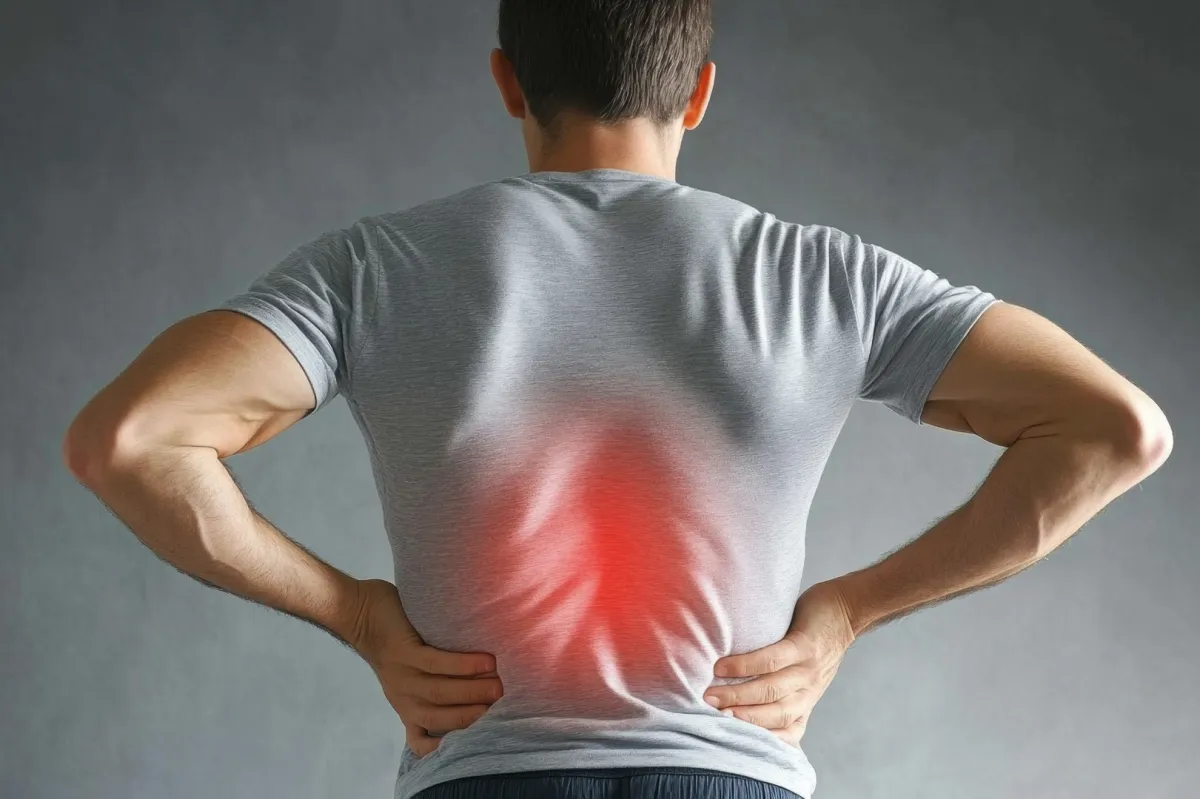
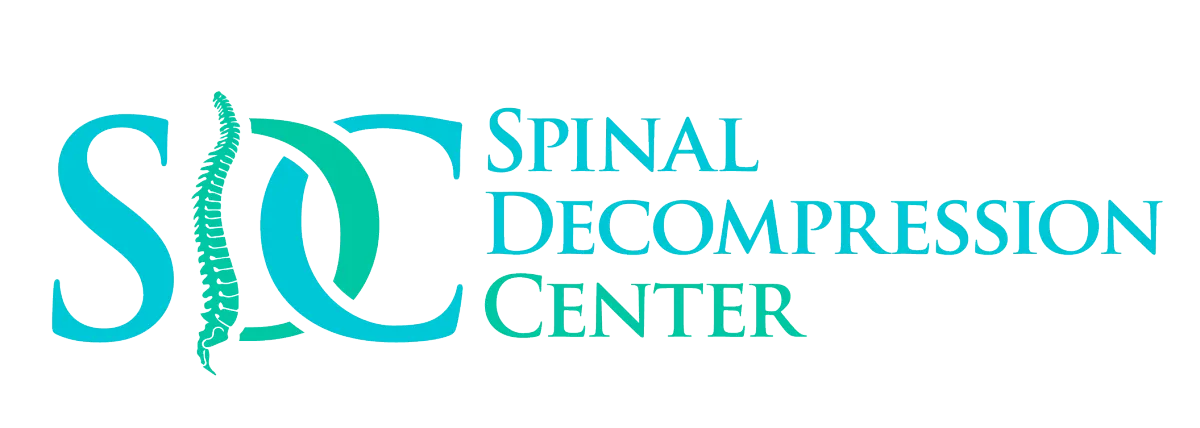
724-240- 3016
Monday - Friday 9am - 7pm
5840 PA-981 #101, Latrobe, PA 15650
© 2025 The Spinal Decompression Center
Privacy Policy / Terms & Conditions